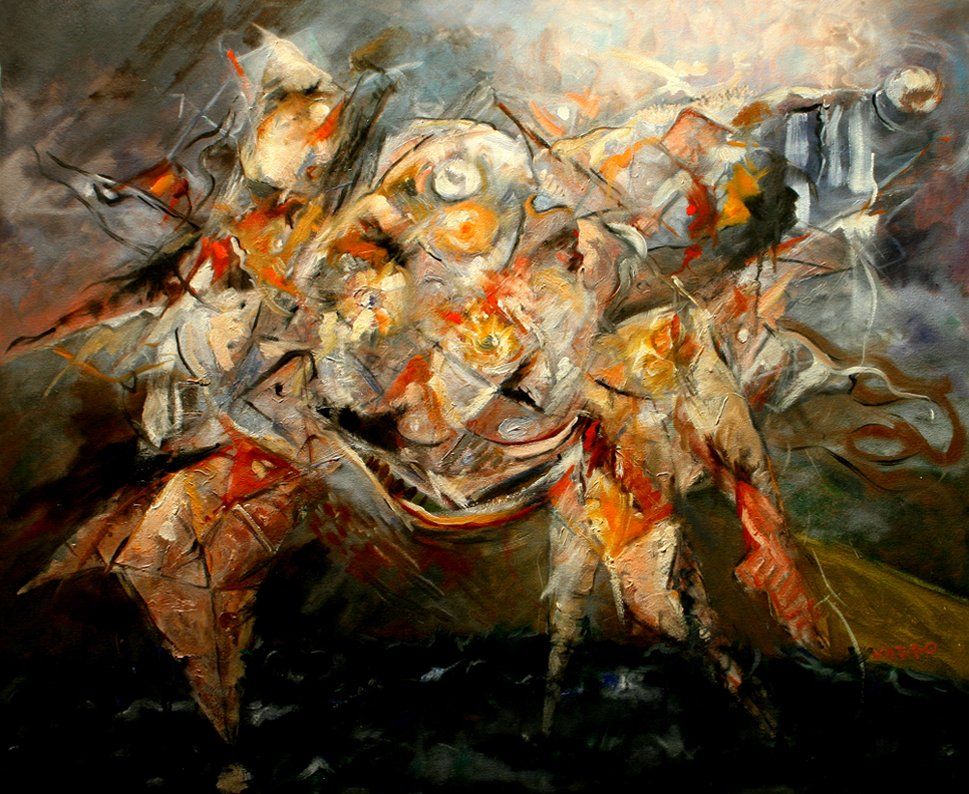
Slide title
Write your caption hereButton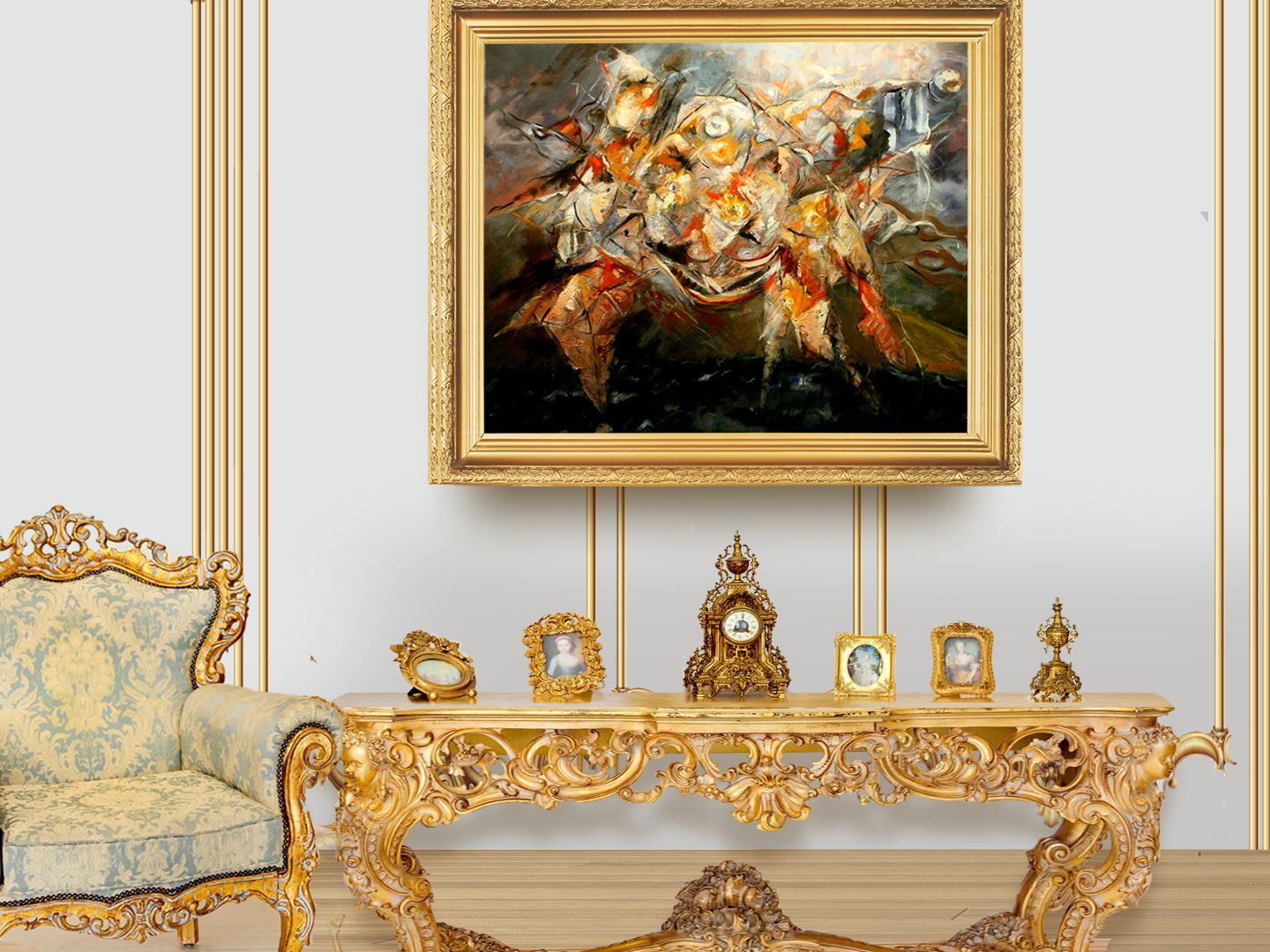
Slide title
Write your caption hereButton
Slide title
Write your caption hereButton
Slide title
Write your caption hereButton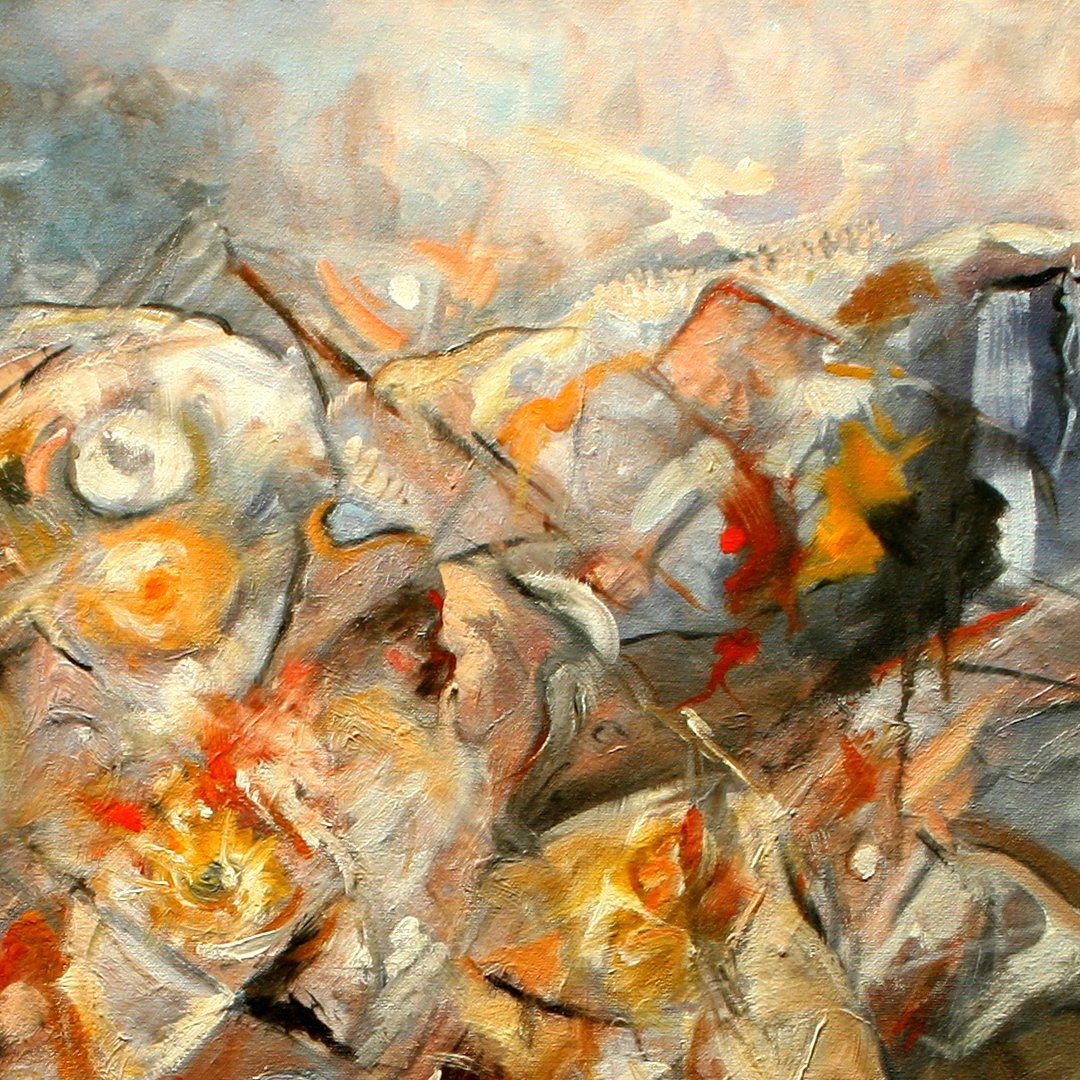
Slide title
Write your caption hereButton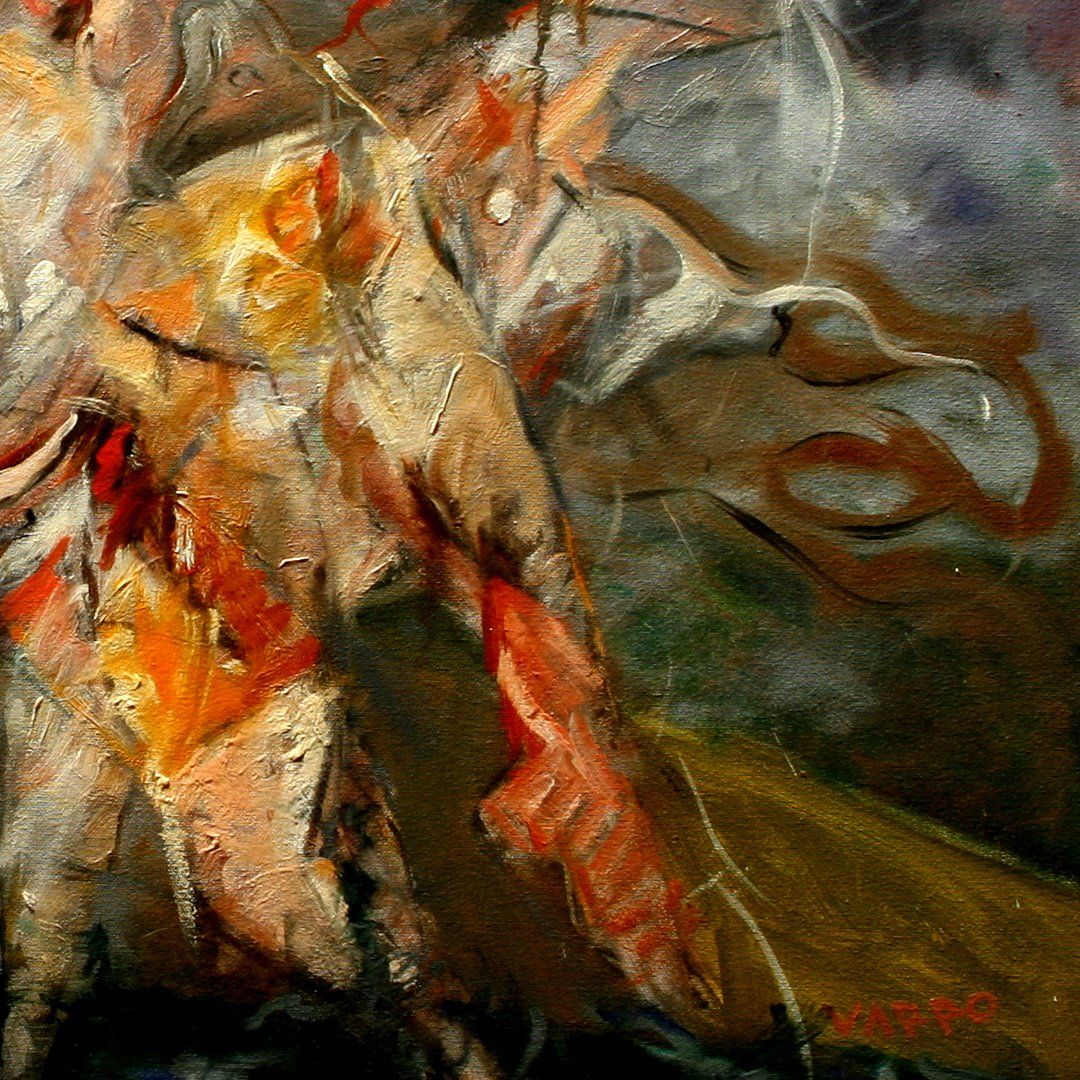
Slide title
Write your caption hereButton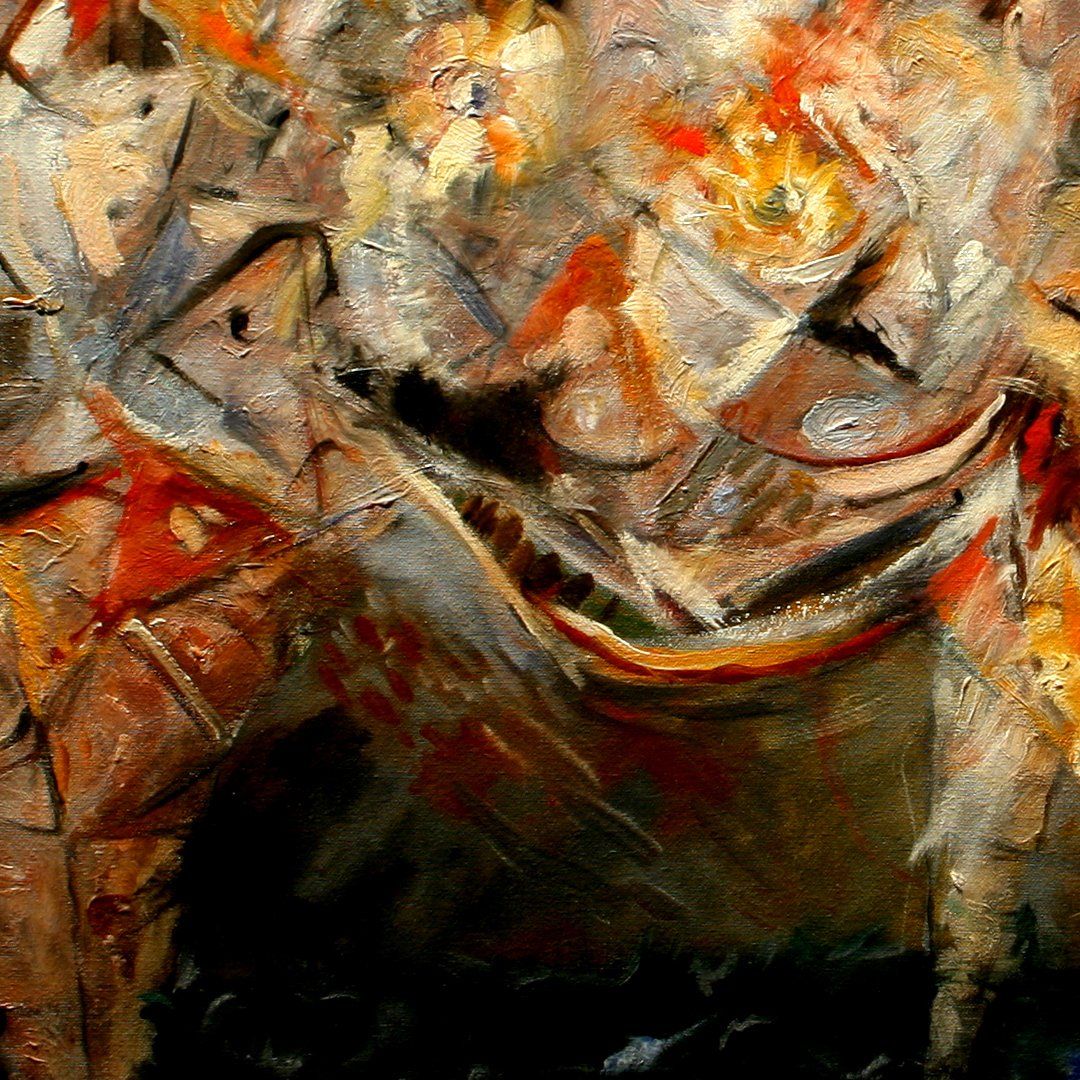
Slide title
Write your caption hereButton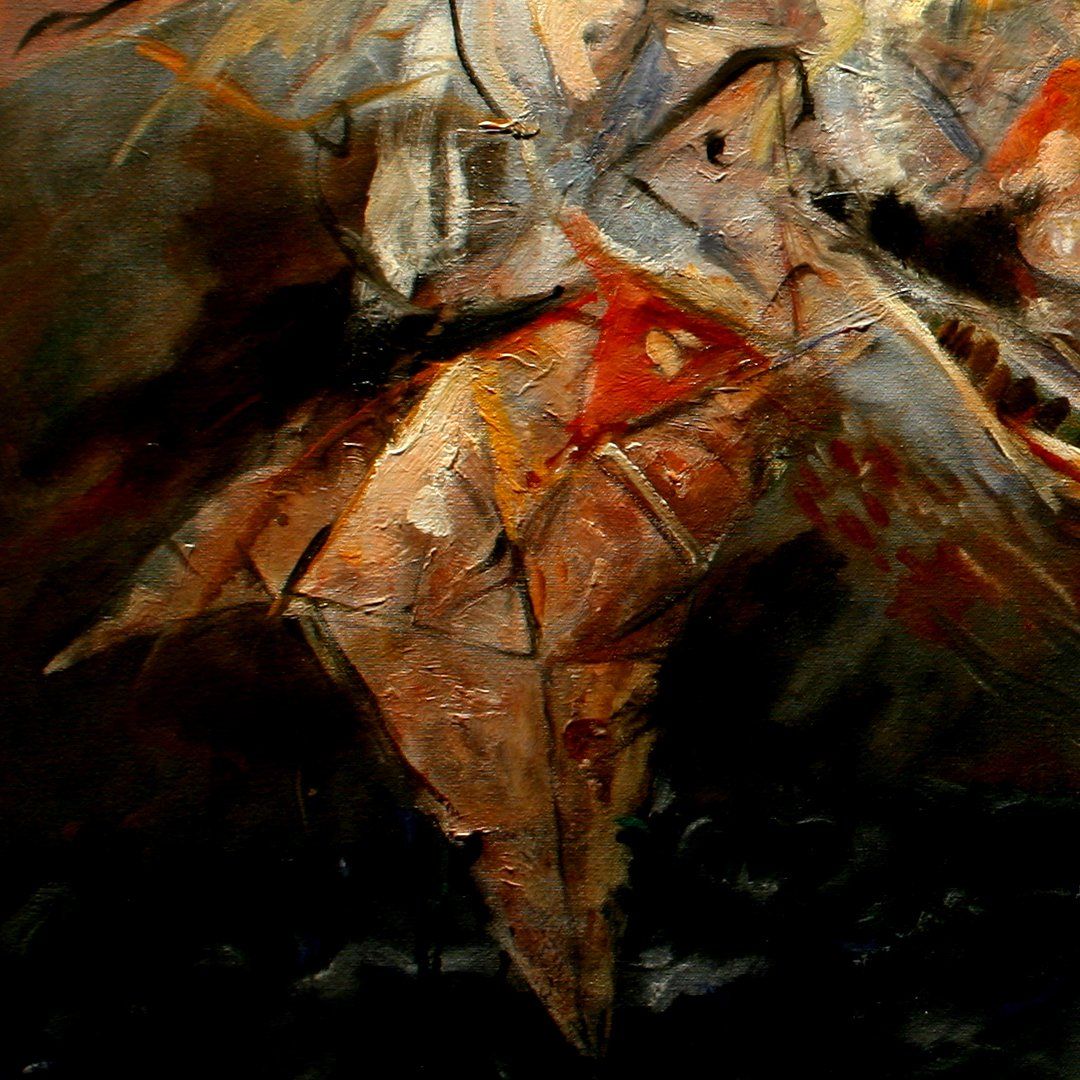
Slide title
Write your caption hereButton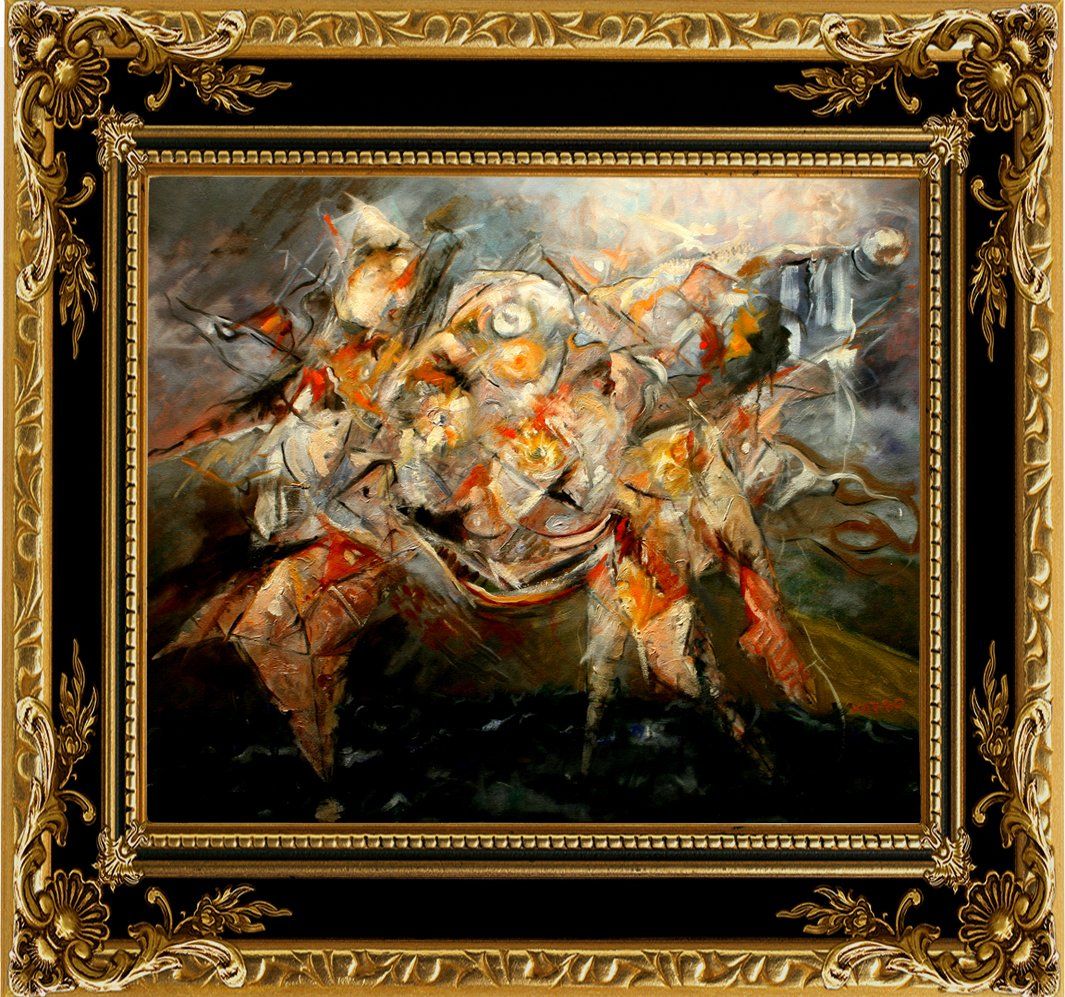
Slide title
Write your caption hereButton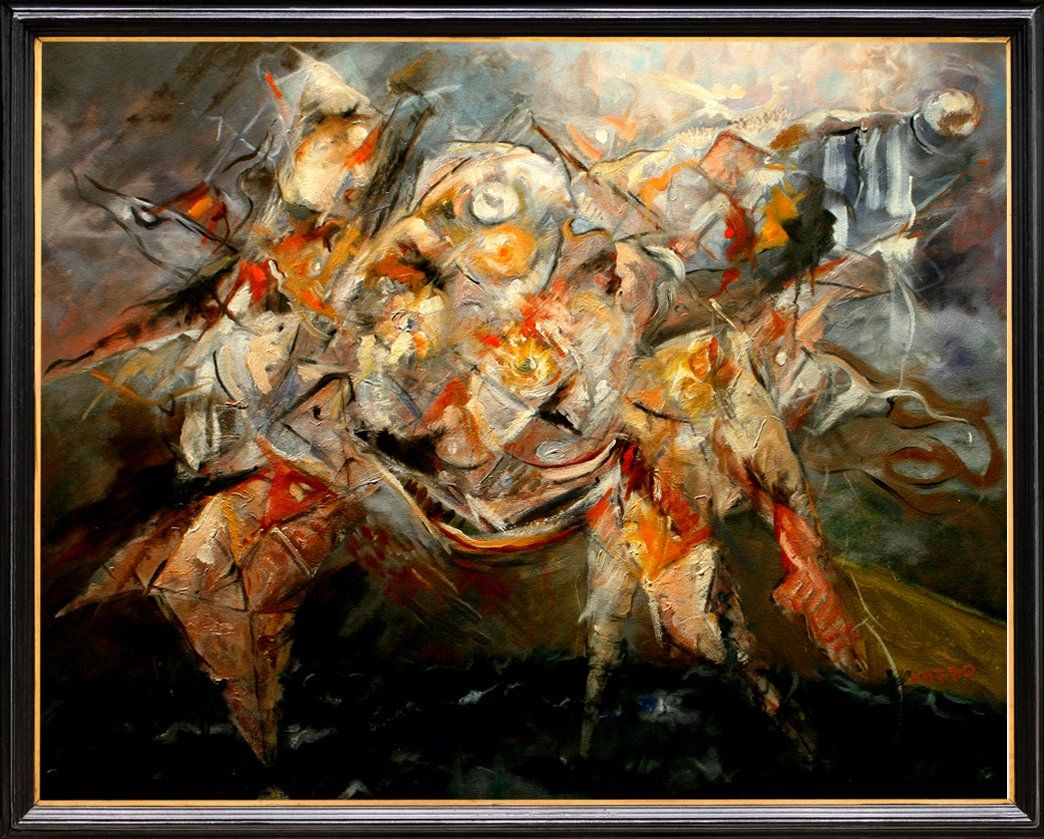
Slide title
Write your caption hereButton
John Varriano, American Artist
Fall of Icarus
1994

Slide title
Write your caption hereButton
Slide title
Write your caption hereButton
Slide title
Write your caption hereButton
Slide title
Write your caption hereButton
Slide title
Write your caption hereButton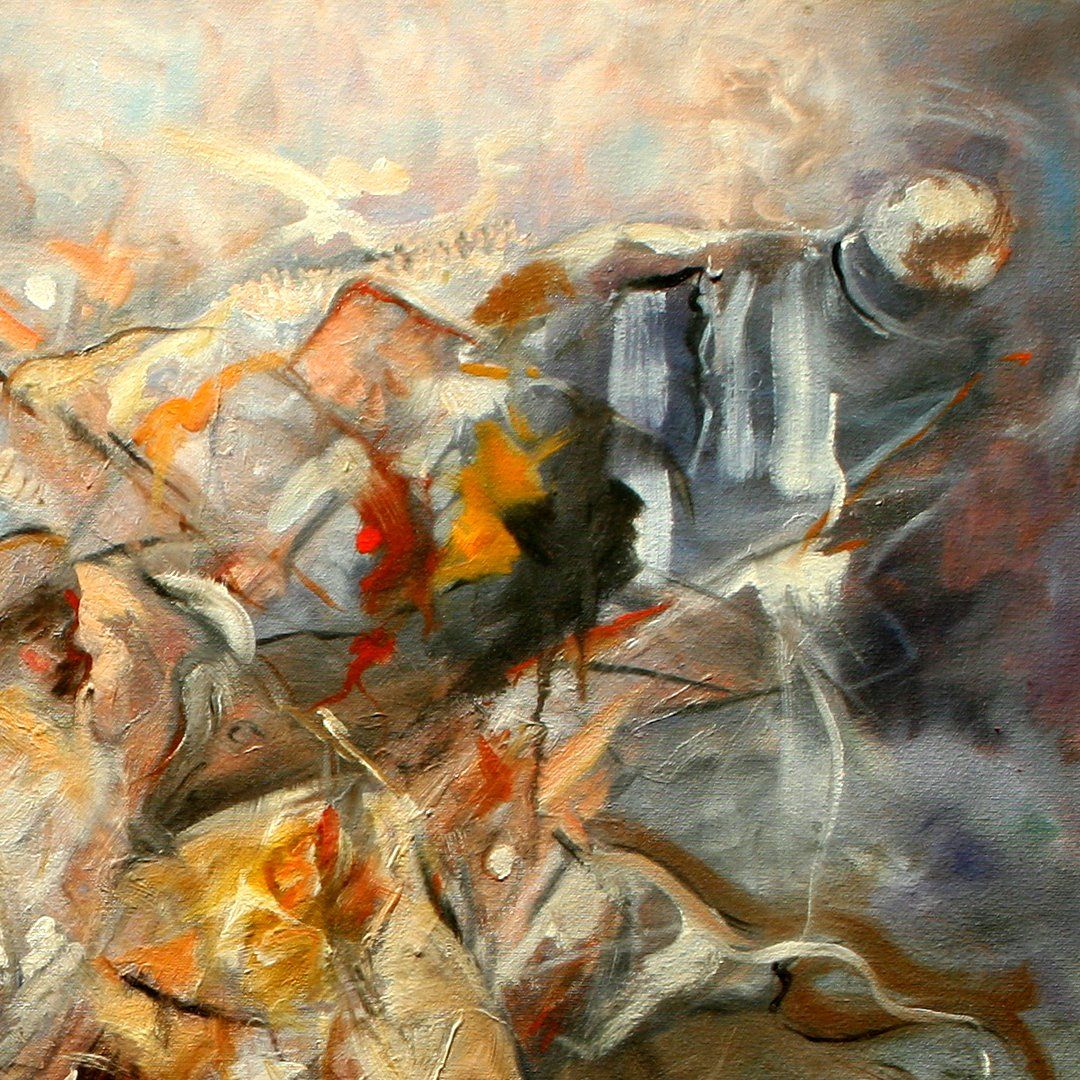
Slide title
Write your caption hereButton
Slide title
Write your caption hereButton
Slide title
Write your caption hereButton
Slide title
Write your caption hereButton
Slide title
Write your caption hereButton
Slide title
Write your caption hereButton
John Varriano, American Artist
Fall of Icarus
1994
Painting Details
This sublime painting offers a glimpse into the creative force that Varriano achieves in so much of his abstract work. This is a visually powerful and emotional telling of The Fall of Icarus from ancient Greek mythology.
Finding himself and his son Icarus imprisoned in the labyrinth of the savage bull-man Minos, Daedalus constructs wings to make an aerial escape. As they each take flight, Icarus becomes mesmerized by his new ability and fails to heed his father’s earlier warning against flying too high. The heat of the sun melts the wax securing Icarus’s wings, and he tragically plunges to his death in the sea.
Varriano presents Icarus in those fleeting moments when he has realized the cost of his ecstatic, soaring desire. He uses a fiery palette of crisp oranges, reds, and icy steel blues to bring the ferity of the sun and the emotional state of Icarus sharply into focus. We see the jagged wings being burnt away, the cold sea waiting beneath, and the frozen fear that comes when things have gone too far awry.
The story, told through the ages, is a cautionary tale to individuals, particularly inspired souls, not to seek extraordinary heights lest they run the risk of ruin and demise. In this painting, we find a deeply personal connection between the subject and the artist in his own life.
Varriano’s father was a gifted builder, inventor, and sculptor who had gone through many struggles due to his unconventional career path. While he nurtured his son’s creativity, he was also fearful of the challenges that awaited and warned the young artist of the perils of an art career. Varriano’s father hoped he would channel his talents into more secure endeavors like architecture and engineering. Like Icarus, he did not heed his father’s warning.
Perhaps an abstract self-portrait its creation coincided with a period of severe and intense struggle for the artist. One he describes as "A soul yearning to fulfill its destiny and finding itself burned in the process.”
Ultimately, the story also relays the dangers of flying too low, about which Icarus was also warned. To live below who and what we are born to be is a death of a different kind. This knowledge is intuitively gleaned by all souls, past and present, who risk all for uncertain gain. Whether we choose a life of security or the scorching light of the sun, we are made more whole when we strike the right balance. For Varriano, the painting stands as a self-reminder to arise from adversity and transform life’s challenges into the fire of creativity.
Details
Creator
John Varriano,
American Artist
(1962 - Present)
Creation Year
1994
Dimensions
Height: 30 in (76.2 cm)
Width: 36 in (91.44 cm)
Medium
Oil on Canvas
Movement & Style
Abstract Expressionism
Painting Details
This sublime painting offers a glimpse into the creative force that Varriano achieves in so much of his abstract work. It is a visually powerful and emotional telling of The Fall of Icarus from ancient Greek mythology.
Finding himself and his son Icarus imprisoned in the labyrinth of the savage bull-man Minos, Daedalus constructs wings to make an aerial escape. As they each take flight, Icarus becomes mesmerized by his new ability and fails to heed his father’s earlier warning against flying too high. The heat of the sun melts the wax securing Icarus’s wings, and he tragically plunges to his death in the sea.
Varriano presents Icarus in those fleeting moments when he has realized the cost of his ecstatic, soaring desire. He uses a fiery palette of crisp oranges, reds, and icy steel blues to bring the ferity of the sun and the emotional state of Icarus sharply into focus. We see the jagged wings being burnt away, the cold sea waiting beneath, and the frozen fear that comes when things have gone too far awry.
The story, told through the ages, is a cautionary tale to individuals, particularly inspired souls, not to seek extraordinary heights lest they run the risk of ruin and demise. In this painting, we find a deeply personal connection between the subject and the artist in his own life.
Varriano’s father was a gifted builder, inventor, and sculptor who had gone through many struggles due to his unconventional career path. While he nurtured his son’s creativity, he was also fearful of the challenges that awaited and warned the young artist of the perils of an art career. Varriano’s father hoped he would channel his talents into more secure endeavors like architecture and engineering. Like Icarus, he did not heed his father’s warning.
Perhaps an abstract self-portrait its creation coincided with a period of severe and intense struggle for the artist. One he describes as "A soul yearning to fulfill its destiny and finding itself burned in the process.”
Ultimately, the story also relays the dangers of flying too low, about which Icarus was also warned. To live below who and what we are born to be is a death of a different kind. This knowledge is intuitively gleaned by all souls, past and present, who risk all for uncertain gain. Whether we choose a life of security or the scorching light of the sun, we are made more whole when we strike the right balance. For Varriano, the painting stands as a self-reminder to arise from adversity and transform life’s challenges into the fire of creativity.
Details
Creator
John Varriano,
American Artist
(1962 - Present)
Creation Year
1994
Dimensions
Height: 30 in (76.2 cm)
Width: 36 in (91.44 cm)
Medium
Oil on Canvas
Movement & Style
Abstract Expressionism
© John Varriano Abstract Paintings, a Subsidiary of John Varriano Studios Inc., 2025. This site is protected by reCAPTCHA and the Google Privacy Policy and Terms of Service apply.
© John Varriano Studios Inc., 2025, All Rights Reserved
This site is protected by reCAPTCHA and the Google Privacy Policy and Terms of Service apply.